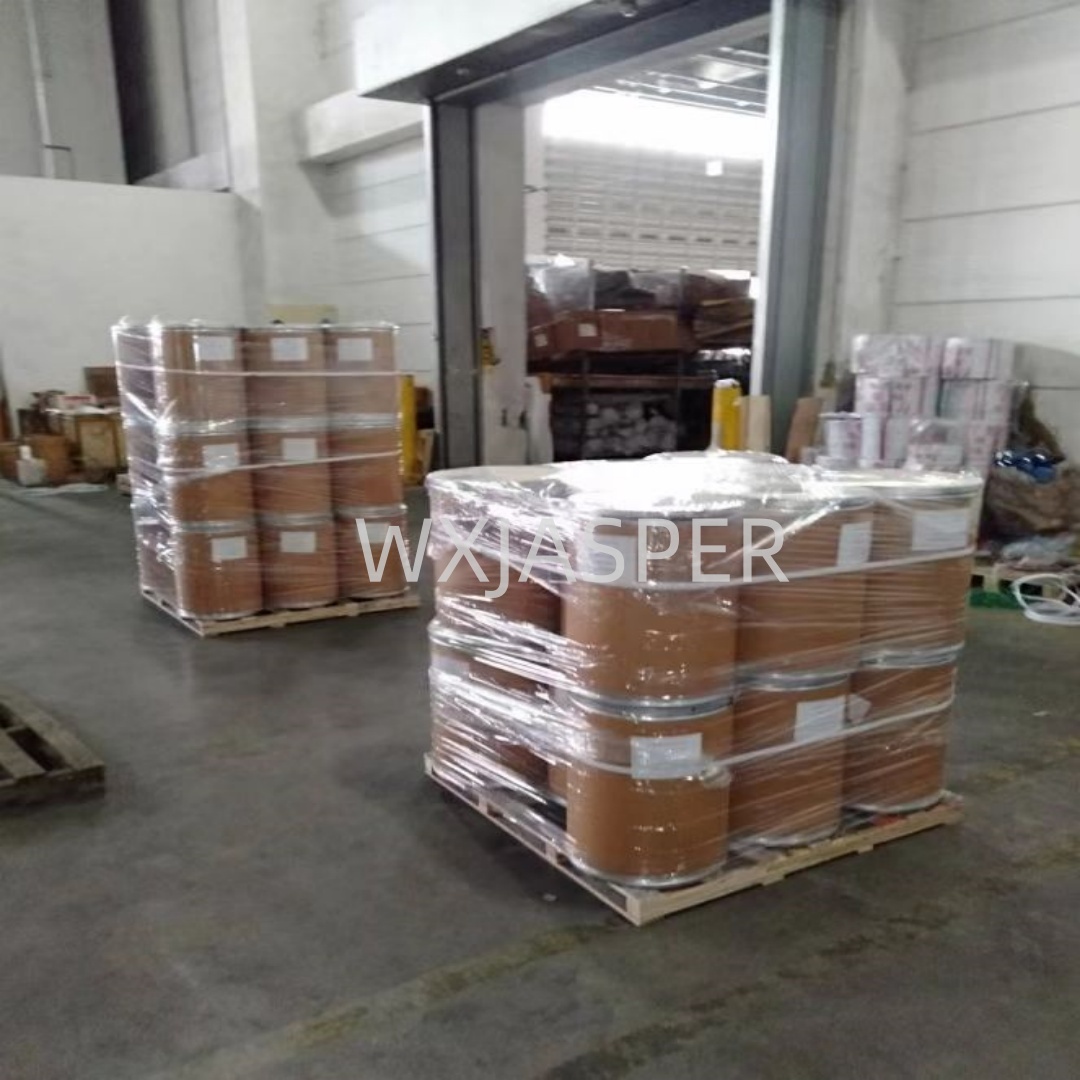Product Details
CasNo: 1071-83-6
MF: C3H8NO5P
Appearance: powder
Delivery Time: 15 days
Packing: 25kg/drum
Purity: 95%
1. Basic Information
- English Name: Glyphosate
- Chemical Name: N-(Phosphonomethyl)glycine
- CAS Registry Number: 1071-83-6
- Molecular Formula: C₃H₈NO₅P
- Molecular Weight: 169.07
2. Physicochemical Properties
- Appearance: White crystalline powder at room temperature.
- Relative Density: 1.705 g/cm³ (at 20℃)
- Melting Point: 189.5℃; decomposes into toxic vapor when heated to approximately 230℃.
- Solubility:
- Slightly soluble in water, with a solubility of 10.5 g/L at 25℃;
- Poorly soluble in common organic solvents such as ethanol, ethyl acetate, acetone, and chloroform;
- Its salts (e.g., isopropylamine salt, ammonium salt) are completely soluble in water.
3. Toxicity
3.1 Toxicity to Humans and Animals
- Low toxicity to humans and animals:
- Acute oral LD₅₀ for rats: 4320 mg/kg;
- Acute dermal LD₅₀ for rabbits: >7940 mg/kg;
- No irritation to rabbit skin, but causes mild irritation to rabbit eyes.
3.2 Toxicity to Other Organisms
- Low toxicity to fish;
- Non-toxic to honeybees and birds;
- Relatively safe for natural enemies and beneficial organisms in agricultural ecosystems.
4. Mechanism of Action
Glyphosate exerts its herbicidal effect by inhibiting the activity of 5-enolpyruvylshikimate-3-phosphate synthase (EPSPS) —a key enzyme in the shikimic acid pathway of plants. By blocking this enzyme, glyphosate prevents plants from synthesizing three essential aromatic amino acids (tyrosine, tryptophan, and phenylalanine). The depletion of these amino acids disrupts protein synthesis and critical metabolic processes, ultimately leading to plant death.
5. Formulations
Common formulations include:
- 10% Glyphosate Aqueous Solution (AS)
- 30% Glyphosate Aqueous Solution (AS)
- 46% Glyphosate Isopropylamine Salt Technical Concentrate
- 68% Glyphosate Ammonium Salt Soluble Granules (SG)
- 80% Glyphosate Ammonium Salt Soluble Granules (SG)
6. Application Scope
Widely applicable in the following scenarios for controlling annual and perennial monocotyledonous and dicotyledonous weeds (higher doses also provide effective control of shrubs):
- Orchards, tea plantations, and vineyards;
- Roadsides, railway embankments, drainage ditches, and industrial vacant areas (e.g., oil depots, factory yards);
- Pre-sowing weed control in no-till fields (e.g., rapeseed fields);
- Directed inter-row spray treatment in crop fields (to avoid contact with crop foliage).
7. Application Methods
- General Application: Dilute the recommended dosage of glyphosate with 50 kg of water, then apply via directed foliar spray during the vigorous growth stage of weeds (when weeds have fully expanded leaves and are actively metabolizing).
- Example Dosage: For orchard weed control using 30% glyphosate aqueous solution, the recommended application rate is 250-500 mL per mu (1 mu ≈ 0.0667 hectares).


